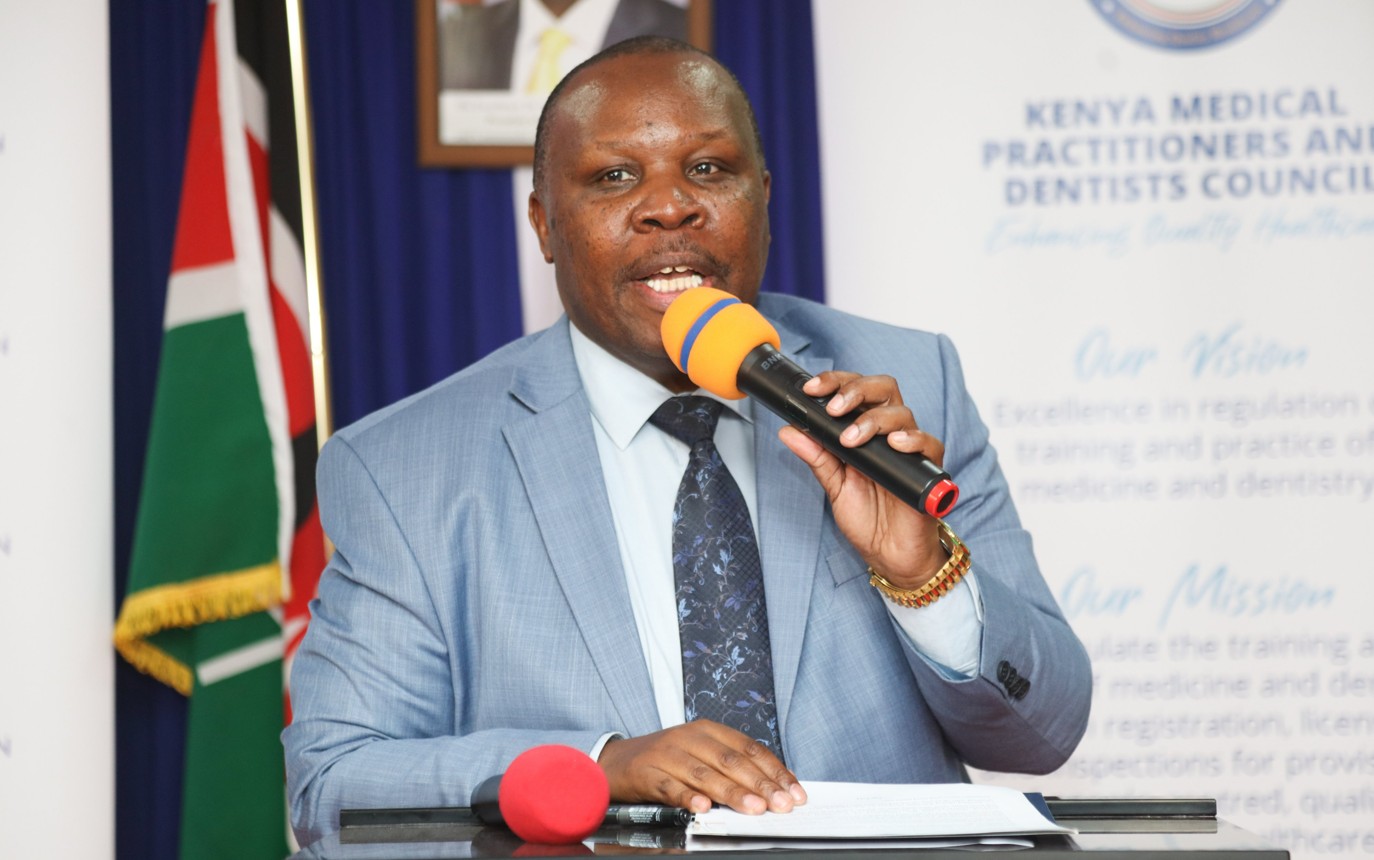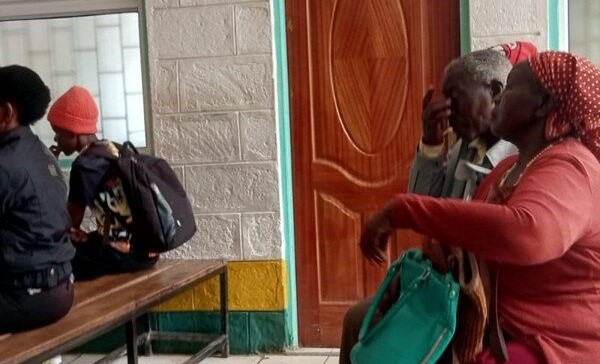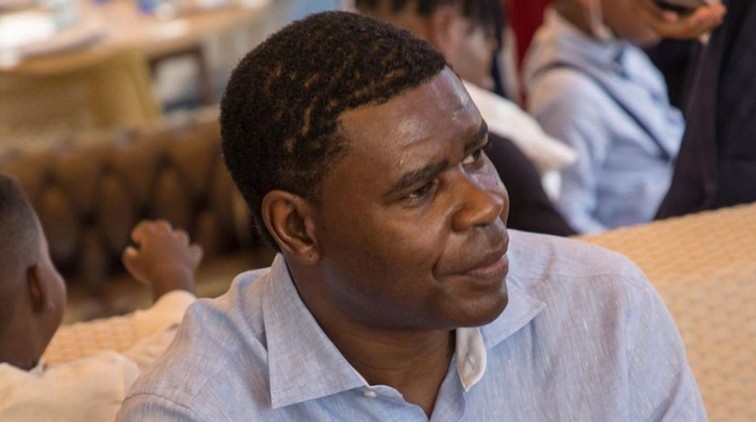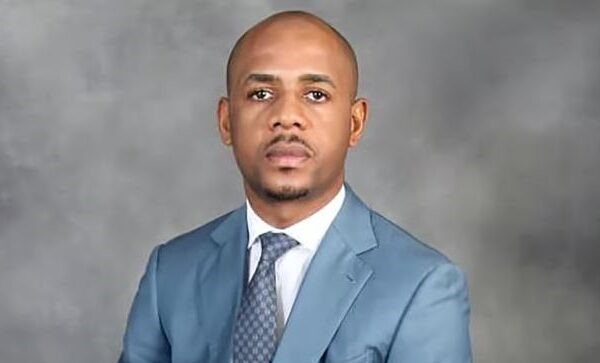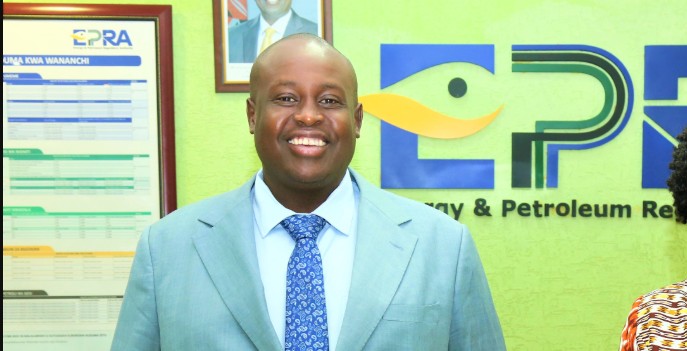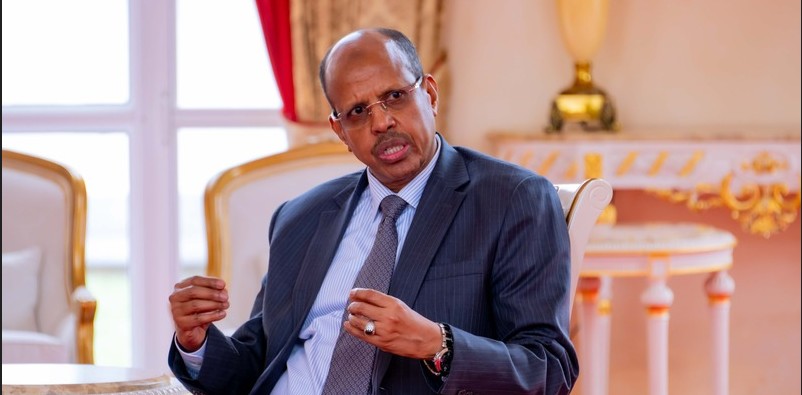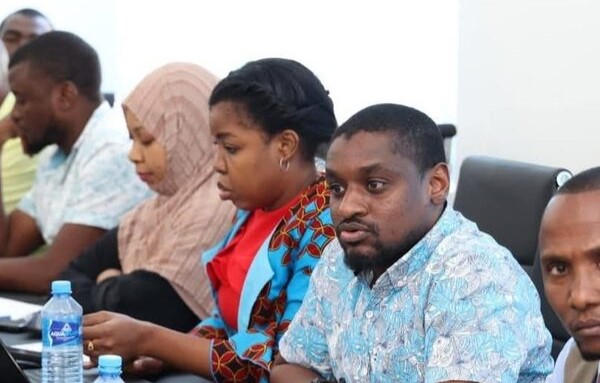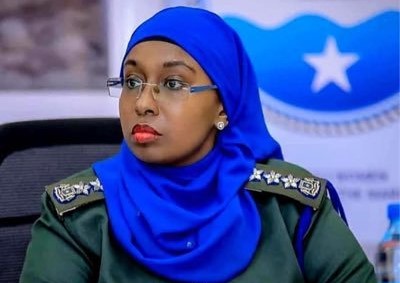(HOLD) Why HPV vaccine uptake in Kenya remains worryingly low
Franciscah Kanini, a Community Health Volunteer (CHV) from Kitui Village in Pumwani Majengo, often reflects on how different her life might have been if the HPV vaccine had been available - and if she had known about it in time.
Franciscah Kanini, a community health volunteer (CHV) from Kitui village in Pumwani Majengo, carries with her the lasting scars of a personal battle with cervical cancer.
Having experienced firsthand the devastating toll of the disease, she often reflects on how different her life might have been if the HPV vaccine had been available and if she had known about it in time.
More To Read
- Africa: A tentative start in mass vaccine production
- Kamukunji faces vaccine crisis as over 12,000 children miss routine immunisation
- US halts Sh64 billion in funding for mRNA vaccine projects
- Kenya to produce 70 million livestock vaccine doses annually by 2027
- Sharp decline in childhood vaccinations leaves 133,000 children unprotected – report
- Somalia issues nationwide alert as hepatitis cases surge
Today, Kanini walks door to door in her community, driven by a single purpose: to ensure that no girl has to suffer the same fate she did.
But her mission faces persistent challenges. Misinformation, cultural myths, and a general lack of awareness continue to hinder efforts to raise vaccine uptake.
Speaking to The Eastleigh Voice, Kanini said, “In informal settlements like ours, many parents still don’t fully understand what the HPV vaccine is for. The way information is shared often doesn’t match how people here learn best. It’s not simplified, it’s not in our language, and sometimes it’s not even trusted.”
According to Kanini, one of the most common misconceptions is that the HPV vaccine is a form of early family planning. “That’s one of the biggest barriers we face. Some parents believe the vaccine is meant to stop their daughters from having children in the future. Because of this misunderstanding, they’re hesitant to allow them to receive it.”
To counter this, Kanini and other CHVs have banded together to educate families about the true purpose of the vaccine. “We’re doing everything we can—community meetings, one-on-one conversations, even church announcements—to help parents understand that this vaccine protects against cervical cancer. We know the cost of not getting it, and we’re trying to prevent others from going through that pain.”
However, she admitted that the extent of community education is limited. “We’re dealing with large numbers of people and a heavy workload,” she explains. “There are simply not enough of us to reach everyone consistently. Sometimes we cover whole neighbourhoods alone, and it's exhausting. Even when people want to learn more, we don’t always have the time or resources to follow up properly.”
Despite these challenges, Kanini continues to push forward. One recurring concern she often hears is: Why only girls? When we gave the typhoid vaccine, both boys and girls received it. But the HPV vaccine is different. It’s targeted at girls aged 9 to 14 because it’s meant to protect against cervical cancer—something that only affects women. Boys don’t have a cervix.”
She explained that the vaccine is most effective before girls become sexually active, as it protects against any exposure to the virus.
“It’s easier to prevent the infection than to treat the cancer years later. We need more community-friendly, clear, and culturally sensitive education around the HPV vaccine. When people understand the ‘why,’ they’re more willing to say yes,” she added.
Cervical cancer kills over 3,200 women in Kenya each year, despite being largely preventable through the HPV vaccine. Yet, six years after its introduction, full vaccination rates remain below 10 per cent in many areas. Kamukunji Constituency, for example, where out of a target of 15,000 girls, only 6 per cent have received the first dose, and just 4 per cent have completed the second, illustrates the urgent need for increased awareness, education, and trust-building within communities.
Kenya launched its national HPV vaccination program in 2019, targeting girls aged 10 to 14 to prevent cervical cancer. Since then, around 3.3 million girls have received at least one dose. However, uptake remains low—only 33 per cent receive the first dose, and just 16 per cent complete the second. In some areas like Kisumu, coverage is even lower, with first-dose rates as low as 10 per cent.
To address low completion rates and logistical challenges, Kenya has recently adopted a single-dose vaccination schedule, in line with updated WHO guidelines.
However, a lack of knowledge about which vaccines are being administered and what they are meant to prevent continues to place communities at risk, particularly in informal settlements and rural areas where access to accurate health information is limited.
Many parents simply take their children for vaccination without fully understanding what is being given or its purpose. As a result, there's a widespread assumption that their children are fully vaccinated.
This gap in understanding is further compounded when vaccination campaigns are conducted, as some community members remain sceptical, unsure about the vaccines’ safety or necessity. This scepticism sometimes leads parents to hide their children or even avoid vaccination altogether. Take, for example, the case of Fatuma Wairimu, a mother of four from Kitui Village, Majengo. She is confident that her children have been given the HPV vaccine, but a deeper conversation reveals she is unsure which vaccines they received, when they were given, or what protection they provide.
Fatuma believes that all vaccines—including HPV—were administered as part of the routine immunisation scheduled campaign. Despite having three sons aged 14, 13, and 11, and a 7-year-old daughter, she is certain they have all been vaccinated with HPV. In her view, her children received the HPV vaccine during a recent campaign targeting older children. As a result, she feels reassured that they are safe and protected, regardless of gender.
“The HPV vaccine protects children from HIV, TB, and many other diseases. It strengthens their bodies and helps them fight off illnesses,” she says confidently.
She believes that the vaccine boosts the immune system for both boys and girls, helps prevent cancer, and offers broad protection. To her, vaccination means her children are well defended against multiple health threats.
However, in Kenya, the HPV vaccine is currently offered only to girls—unlike in some other countries where boys are also included in the program. Like many in her community, Fatuma has a limited understanding of what the HPV vaccine actually does.
She, along with many others, believes it protects against a wide range of diseases, including non-communicable ones. As the discussion continued, it became clear that she lacked accurate information about who the vaccine is intended for, when it should be given, and what it specifically protects against.
As we visited various informal settlements in Nairobi to explore why HPV vaccine uptake remains low, it became evident that a major barrier is a lack of awareness. Many mothers were confident that their children had already received the HPV vaccine—some assuming it was part of the standard immunisation schedule, and others insisting their sons had received it too.
Latifa Kioko, a mother of a 12-year-old daughter, believes the HPV vaccine is a new vaccine introduced recently, despite it being rolled out in 2019. She thought it was part of the routine immunisations. Her lack of awareness is evident, and she has observed that scepticism around the HPV vaccine has led many parents in her community to hide their children or discourage them from getting vaccinated.
Like many others, her daughter has not received the HPV vaccine—mainly due to the belief that it must be paid for, and confusion about what it does and who it is intended for.
“We have many questions that we’d like answered,” Latifa says. “No parent wants to leave their child unprotected—but we simply don’t understand enough. We need to be told what it’s about.” She notes that many women don’t even know what’s going on with their health, so that they can give the children the right information. “Explain to us during the campaign, and women will come out. If it’s not explained, we don’t know what it does for us. We need to understand how it helps.”
A trend observed by the Eastleigh Voice team is that many parents who decline the vaccine do so not out of opposition, but due to a lack of clear and accessible information. It is misunderstanding—not resistance—that often stands in the way. “When information is broken down patiently, in simple language we can understand—using examples that relate to our lives—it reaches us, and we take action,” Latifa adds. “My appeal is for better education and more awareness in the community.”
Michael Mwangi, a father of a now 19-year-old daughter, had never heard of the HPV vaccine. Although the vaccine was introduced when his daughter was within the eligible age range, he missed the opportunity simply because he felt he wasn’t informed. He is now determined to ensure his granddaughter receives the vaccine—something he and his siblings never had the privilege of accessing.
“If people understand how dangerous something is—and how the vaccine can help—it would guide their decisions,” he reflects. “Had I known about it and had clear information, I would have pushed for my daughter to be vaccinated.” He adds, “When people educate one another, it becomes easier.
Many caregivers and community members are unfamiliar with cervical cancer and the HPV vaccine. Rumours fill the knowledge gap—common ones include fears of infertility or covert sterilisation campaigns
Top Stories Today
